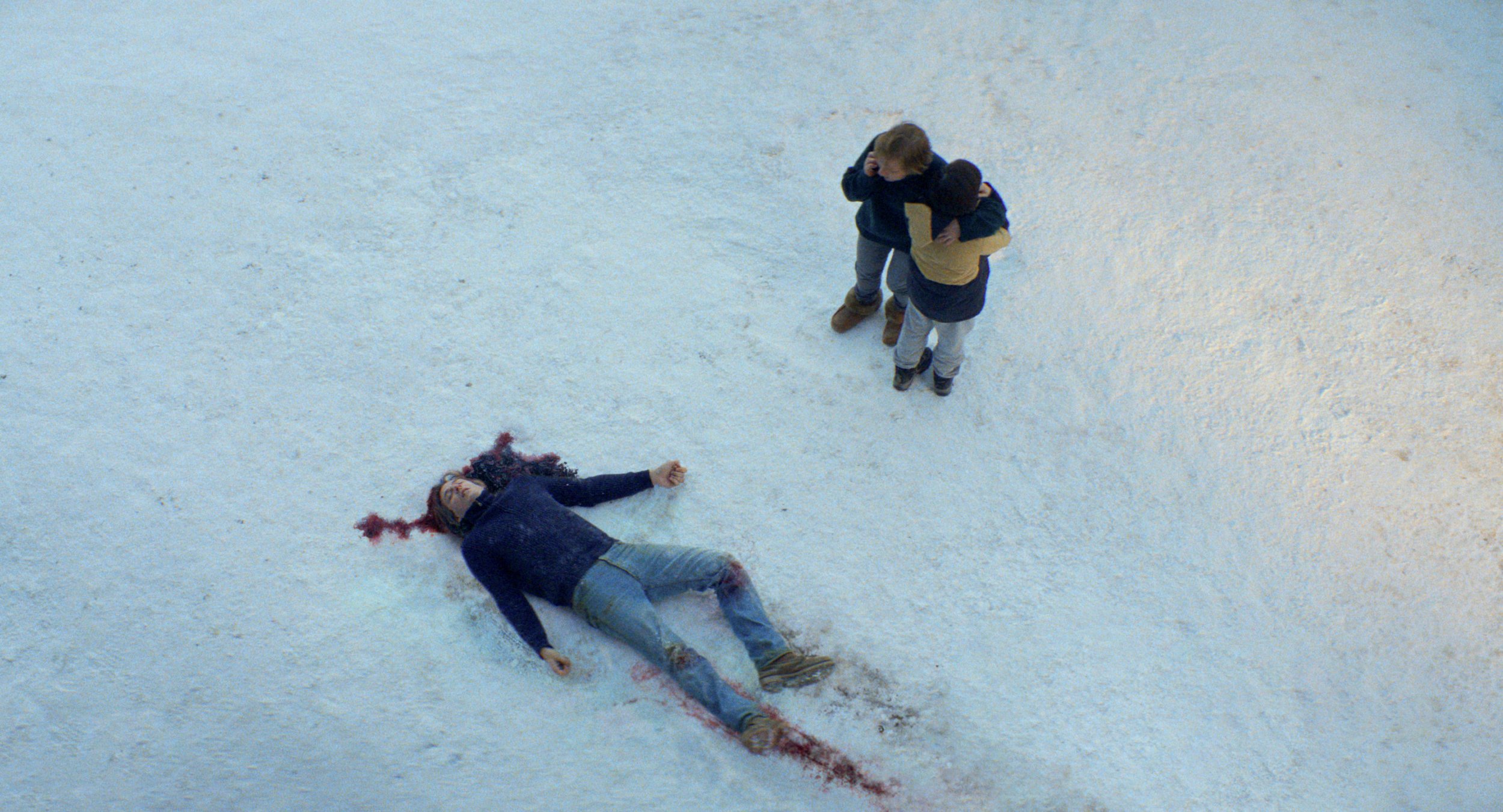‘Anatomy of a Fall’ review
A relationship’s power dynamics become posthumously entangled in Justine Triet’s latest film, Anatomy of a Fall. Through it’s thrilling and profound screenplay, words are dissected and their multiple meanings laid bare in a courtroom drama that is exhaustingly detailed and meticulously executed to create an unnerving portrait of how our lives look differently under the microscope. Driven by Sandra Hüller’s powerful performance as a recently-widowed woman forced to wrestle with the difference between reality and appearances, Anatomy of a Fall is one of 2023’s best films as it plays with ambiguity and expectation to exhilarating effect.
The devil is in the details with Triet and Arthur Harari’s screenplay: a tightly wound and expansive dissection of a single incident. At the center of it all is the body of Sandra Voyter’s (Hüller) husband, Samuel (played by Samuel Theis), who was found dead after a tragic fall. Discovered by their son, Daniel (Milo Machado Graner), Sandra’s life soon becomes turned upside down when the fall cannot be ruled as a suicide based on the facts alone. Instead, she’s thrust into a trial where she must defend herself from accusations of murder, while shielding her son from the bitter reality of her marriage with Daniel’s father.
Anatomy of a Fall captures the tensions of the household prior to the tragedy with such an oppressive and steady hand that it is immediately captivating. Moments like the inclusion of an instrumental cover of 50 Cent’s “P.I.M.P.” - a song known for its misogyny - and the framing of characters at unease or struggling to find comfort in their surroundings, gives Triet’s film a sturdy foundation to dive deeper into the dynamics at home and how an accident can be an unacceptable answer when life itself is covered in a shroud too difficult to decipher. It’s in the wake of a tragedy that unspoken words can have damning consequences when the rest of the world tries to make sense of it all.
Perhaps most clever in the execution of Anatomy of a Fall is its willingness to show flashbacks or the behind-the-scenes of the court trial in vivid detail while still leaving a trace of ambiguity throughout it all. Presenting itself in as matter-of-fact as possible, it manages to maintain a level of tension because for every act shown there’s crucial elements that just can’t be known between more than the characters on screen. Implications can be made, which is largely what Anatomy of a Fall is exploring in the pursuit of the truth, but the audience is treated like a member of the jury and not privy to information that would make a definitive argument one way or the other. Instead, Triet and Harari’s screenplay utilizes gender dynamics, financial constraints, child-rearing, and other common elements of a family’s home to let the audience fill in the blanks. Whether they’re right or wrong is almost superfluous - it’s what can be believed by society that will make or break your understanding of the case.
Caught in the crossfire of the trial is Daniel, whose impaired vision is not just a character trait but also a major plot point in many ways. Every plot point, whether in the past or present, is always relevant to the case at hand, even if an argument could be made that it’s not. Sometimes Anatomy of a Fall feels like its courtroom is unrestrained in its search for the truth, punctuated by almost humorous levels of muckraking by the prosecution (played with a devilish level of sass and vitriol by Antoine Reinartz), but it’s that desire to find the truth by any means necessary that gives the film a satisfying conclusion even if its exhaustive pursuits can still be difficult to conjure a verdict.
Triet’s film is overflowing with ideas on how we conduct ourselves in our lives and ultimately what those actions can do internally and externally; and how they are perceived when we’re gone. Sandra points out early in the film that highlighting a specific moment in time is disingenuous - that context is what matters most, and focusing on a single element can be destructive to those involved. This ultimately finds its way into the very fabric of Anatomy of a Fall. Life is more than just a series of moments waiting to be dissected. Centering itself on a tragedy only brings out those moments that fit into a narrative, and ignore the nuance and subtlety of a relationship. As propulsive of a courtroom drama as it is, the greatest strength of Anatomy of a Fall is understanding that it’s the time to reflect within a moment that provides the greatest context.


